Following instructions Normal Math Worksheets for Ages 4-6
7 filtered results
-
From - To
Explore our collection of Following Instructions Normal Math Worksheets designed specifically for ages 4-6! These engaging worksheets help young learners practice essential math concepts while enhancing their ability to follow directions. With vibrant illustrations and age-appropriate activities, children will enjoy developing their counting, addition, and sorting skills. Each worksheet encourages students to carefully read and follow simple instructions, reinforcing comprehension and listening abilities. Perfect for preschool and early elementary settings, these printable resources make learning fun and interactive. Boost your child's confidence in math and their ability to follow instructions today with our delightful and educational worksheets!
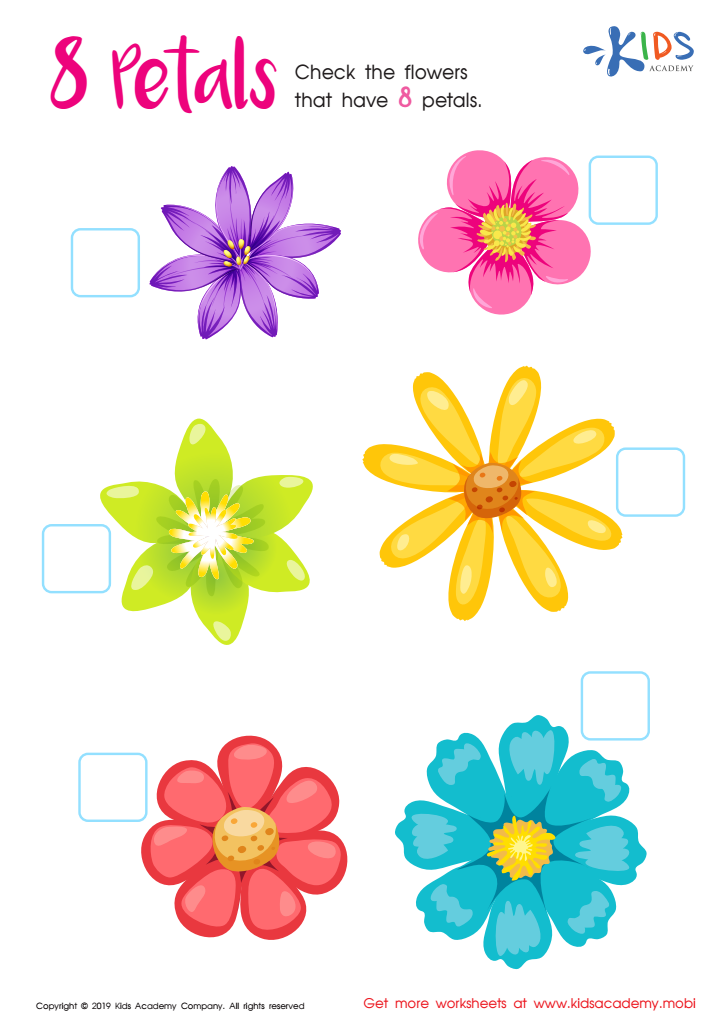

8 Petals Worksheet
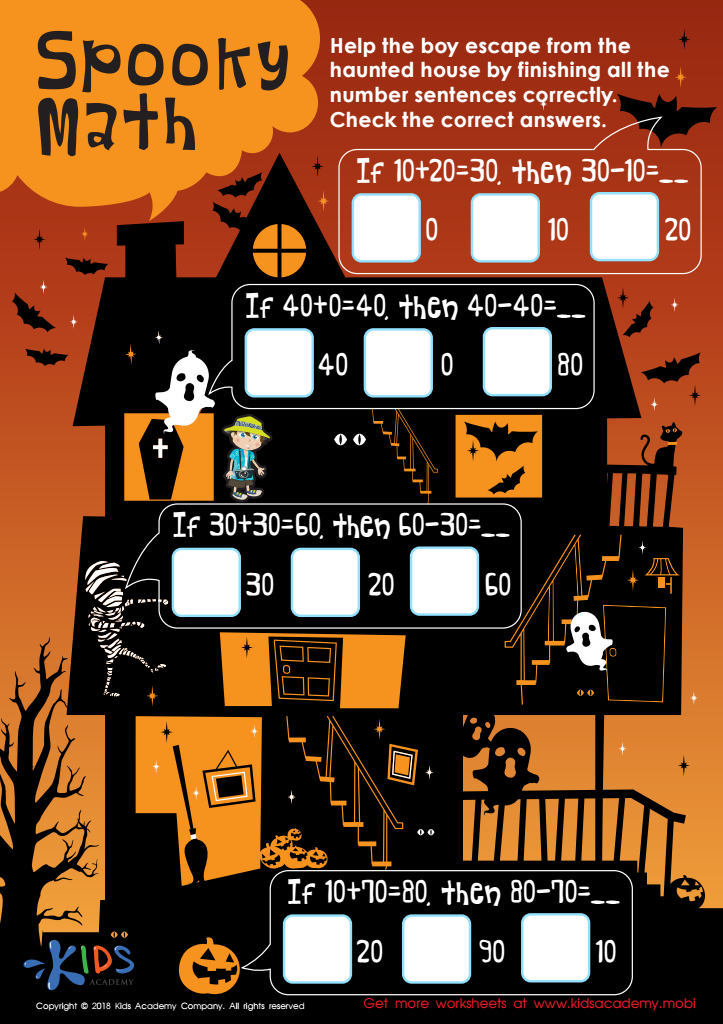

Subtract Tens: Spooky Math Worksheet
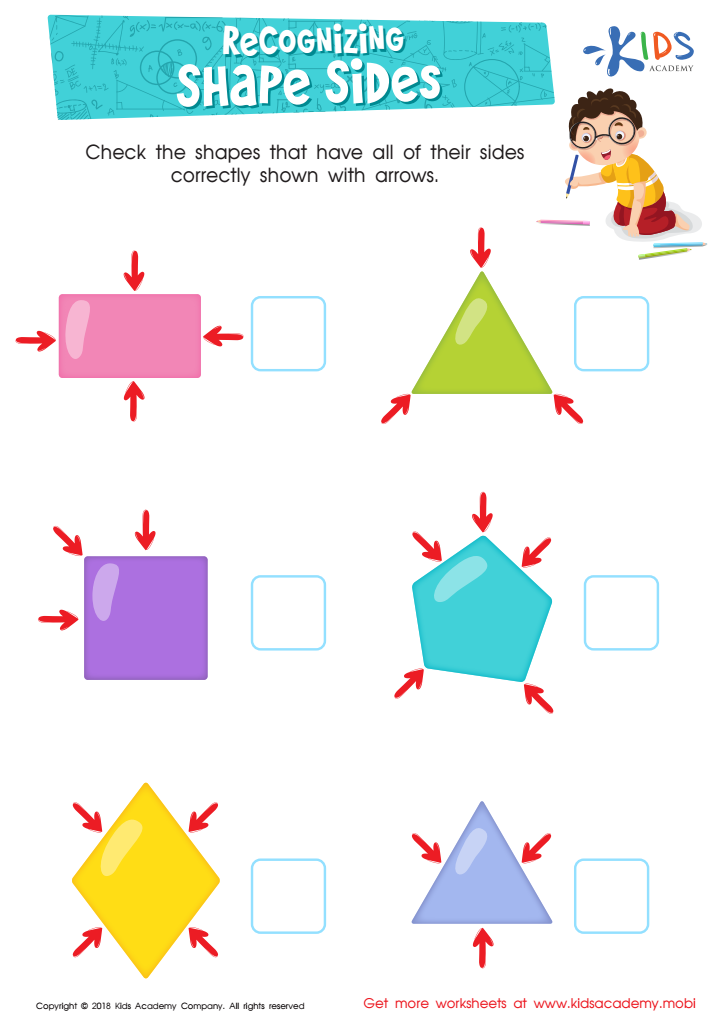

Recognizing Shape Sides Worksheet
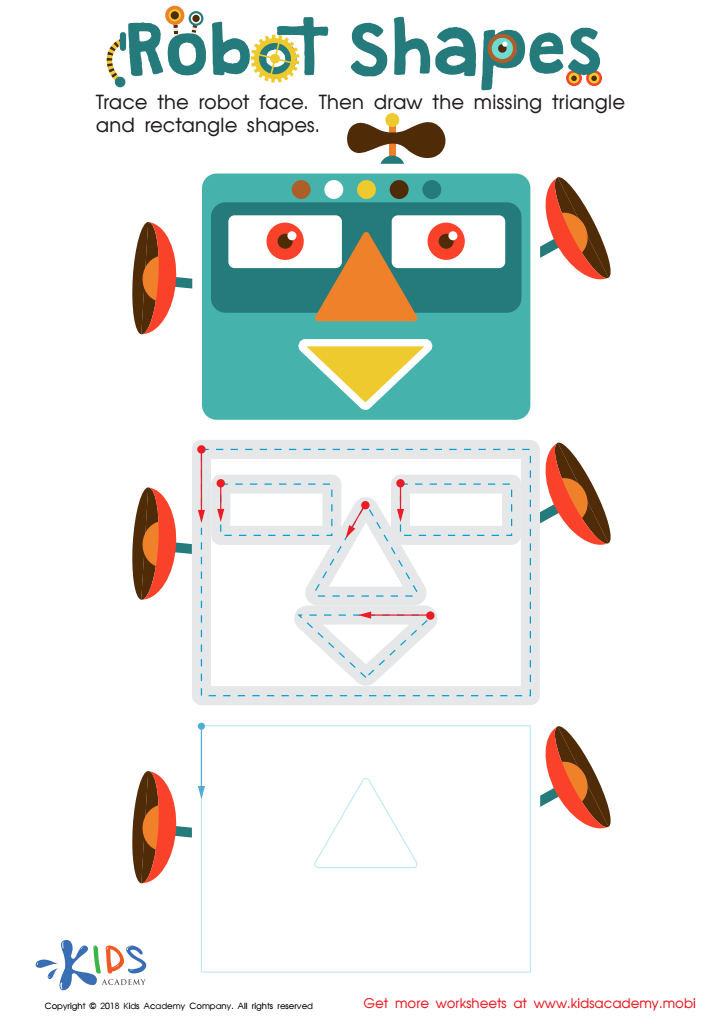

Robot Shapes Worksheet
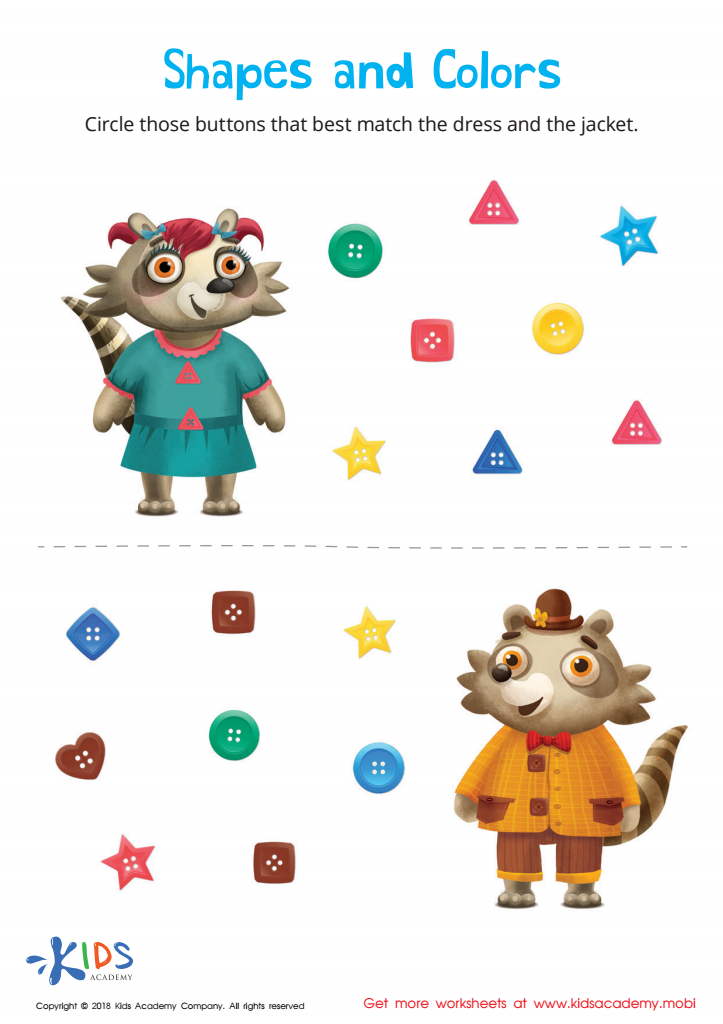

Shapes and Colors Worksheet
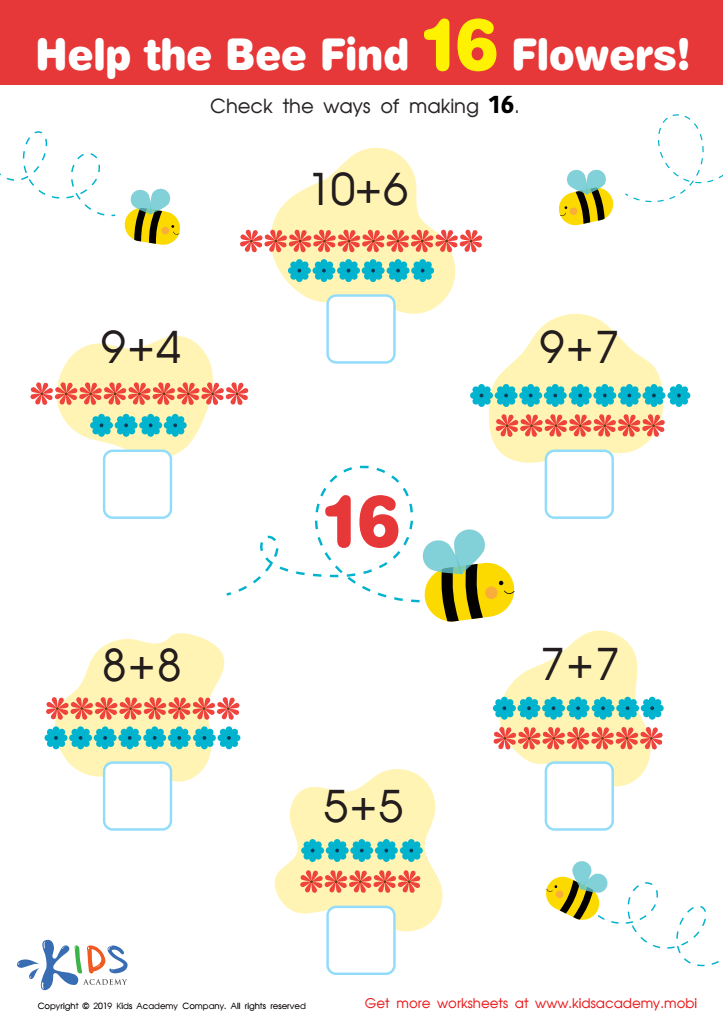

Help the Bee Find 16 Flowers Worksheet
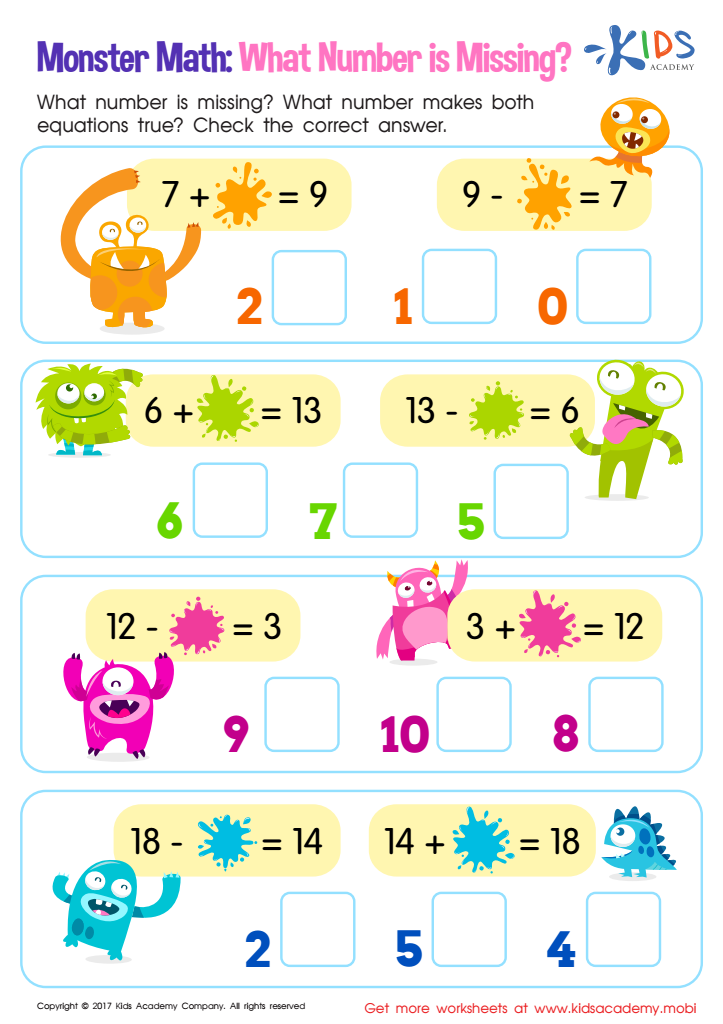

Missing Number: Monster Math Worksheet
Following instructions is a crucial skill for children aged 4-6, particularly in the context of normal math activities. For parents and teachers, fostering this ability is essential for several reasons.
Firstly, following instructions promotes cognitive development. When children learn to understand and execute directions, they enhance their listening skills, critical thinking, and ability to solve problems. These foundational skills will serve them well not just in mathematics, but across all subjects and real-life situations.
Secondly, mastering the ability to follow directions builds confidence. When children successfully complete tasks by adhering to instructions, they gain a sense of accomplishment and self-efficacy. This confidence can motivate them to engage more deeply in learning activities.
Additionally, following instructions is key in creating a structured learning environment. It helps maintain order during lessons, allowing teachers to manage classrooms effectively and ensuring that all students receive the same valuable learning experience.
Finally, many daily tasks require the ability to follow instructions, from simple routines like getting dressed to complex tasks like cooking with a parent. By learning this fundamental skill early on, children are better prepared for future challenges, both in school and in life. Therefore, it is vital for parents and teachers to emphasize the importance of following instructions in mathematical contexts.

 Assign to My Students
Assign to My Students





















